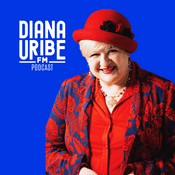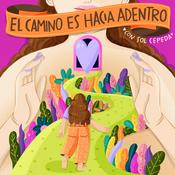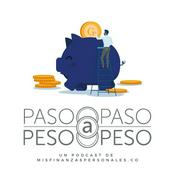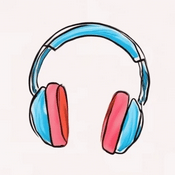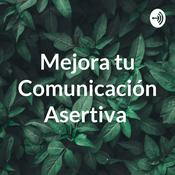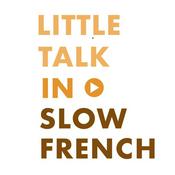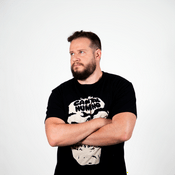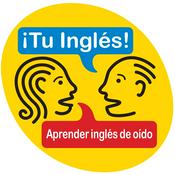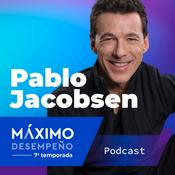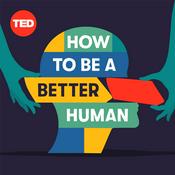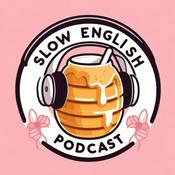133 episodios

The Moment You Decide Changes Everything
19/12/2025 | 7 min
Breakthroughs happen when you decide, not at your next doctor's visit. This high-energy episode explores how small, intentional decisions outlast resolutions, with real listener wins and zero perfection required.What You Can Do TodayName the one thing you're doing in January and write it downText "I'm in for 2026" to a friend or claim your roadmap at yourbestt1dyear.comMake your move today—deciding is the first big winResourcesHelpful resources and newsletter: yourbestt1dyear.comSponsorBlue Circle Health offers free coaching and care that fits real life. Sign up free: bluecirclehealth.orgConnectInstagram: @thebetes | TikTok: @the.betes | Website: yourbestt1dyear.comBooks on AmazonType 1 Diabetes – One Day at a Time or Type 1 Diabetes – True Stories

The Science Behind Every Diabetes Habit
17/12/2025 | 7 min
Ever wonder why specific habits show up on the roadmap? Neil unpacks the exact science, psychology, seasonal logic, and behavioral research behind each T1D habit-and why stacking them changes everything.What You Can Do TodayPick the habit you most need right now and start today—don't wait for January 1stShare your starting point at yourbestt1dyear.com for accountabilityRead up on habit science and see why small beats perfect every timeResourcesHelpful resources and newsletter: yourbestt1dyear.comSponsorBlue Circle Health offers free coaching and care that fits real life. Sign up free: bluecirclehealth.orgConnectInstagram: @thebetes | TikTok: @the.betes | Website: yourbestt1dyear.comBooks on AmazonType 1 Diabetes – One Day at a Time or Type 1 Diabetes – True Stories

2026 T1D Habits Roadmap Revealed
15/12/2025 | 8 min
Neil breaks down the data-driven, expert-approved 2026 roadmap-six habits timed with the seasons, why they work, when to do them, and how to win all year with community support.What You Can Do TodayPick your starting habit: treating lows, hydration, sleep, pre-bolus, movement, or connectionVisit yourbestt1dyear.com and sign up for the 2026 roadmapDM @thebetes which habit you're starting with for JanuaryResourcesHelpful resources and newsletter: yourbestt1dyear.comSponsorBlue Circle Health offers free coaching and care that fits real life. Sign up free: bluecirclehealth.orgConnectInstagram: @thebetes | TikTok: @the.betes | Website: yourbestt1dyear.comBooks on AmazonType 1 Diabetes – One Day at a Time or Type 1 Diabetes – True Stories

Celebrating Your Unseen Wins
12/12/2025 | 7 min
The quiet wins matter most - the ones nobody applauds but change everything. This episode is all about micro wins, why community makes the difference, and how to celebrate yourself this season.What You Can Do TodayName one small win from 2025 and write it down, say it out loud, or DM @thebetesText or voice memo someone your best "quiet victory" from this yearStart building your own highlight reel before the year endsResourcesHelpful resources and newsletter: yourbestt1dyear.comSponsorBlue Circle Health offers free coaching and care that fits real life. Sign up free: bluecirclehealth.orgConnectInstagram: @thebetes | TikTok: @the.betes | Website: yourbestt1dyear.comBooks on AmazonType 1 Diabetes – One Day at a Time or Type 1 Diabetes – True Stories

How Far T1D Care Has Come
10/12/2025 | 7 min
From brick-sized meters to CGMs that talk to pumps, this episode celebrates measurable progress—73% now use CGMs, AID systems boost time-in-range by 11%, and families finally sleep better.What You Can Do TodayWrite down one part of your T1D life that's better now than a year agoShare your "before and after" story with @thebetes or your T1D communityCelebrate that progress isn't just tech—it's you showing up every dayResourcesHelpful resources and newsletter: yourbestt1dyear.comSponsorBlue Circle Health offers free coaching and care that fits real life. Sign up free: bluecirclehealth.orgConnectInstagram: @thebetes | TikTok: @the.betes | Website: yourbestt1dyear.comBooks on AmazonType 1 Diabetes – One Day at a Time or Type 1 Diabetes – True Stories
Más podcasts de Educación
Podcasts a la moda de Educación
Acerca de Your Best T1D Year
Escucha Your Best T1D Year, DianaUribe.fm y muchos más podcasts de todo el mundo con la aplicación de radio.net

Descarga la app gratuita: radio.net
- Añadir radios y podcasts a favoritos
- Transmisión por Wi-Fi y Bluetooth
- Carplay & Android Auto compatible
- Muchas otras funciones de la app
Descarga la app gratuita: radio.net
- Añadir radios y podcasts a favoritos
- Transmisión por Wi-Fi y Bluetooth
- Carplay & Android Auto compatible
- Muchas otras funciones de la app


Your Best T1D Year
Descarga la app,
Escucha.
